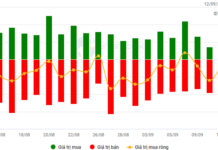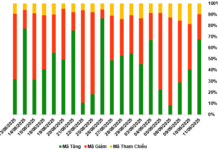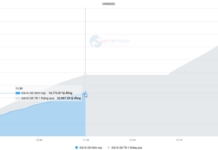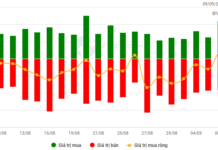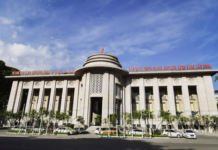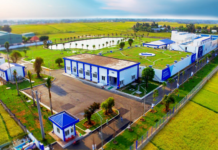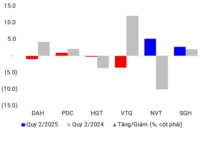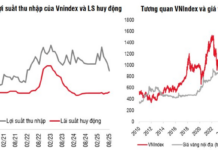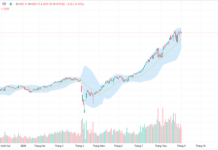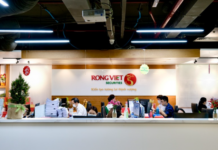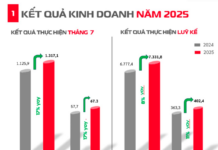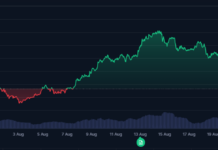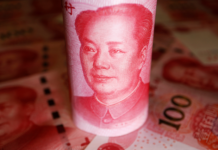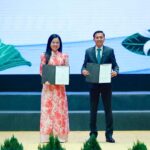Rice Prices Plummet
In recent days, the province of Tien Giang has witnessed a peculiar phenomenon, with many rice mills and processing plants opening their warehouses and offloading rice at significantly reduced prices, leading to a rush among locals to stock up on the staple food. The price drop has been dramatic, with a decrease of up to 200,000 VND per bag.
An owner of a domestic rice supplier in Cai Lay town, Tien Giang province, shared: “While rice prices have dropped before, the speed of this decline is unprecedented. Within just one month, the price per kilogram has fallen by approximately 2,000 VND, catching businesses off guard. With this situation, it is unlikely that prices will rebound soon, forcing us to sell at a loss to recoup some capital or pay back bank loans.”
It is worth noting that since December 2024, export rice prices have been on a downward trajectory. From being the country with the most expensive rice in the world in November 2024, Vietnam’s rice prices have now dropped to the lowest among major rice exporters in the region.
According to the Vietnam Food Association (VFA), on January 19, the price of 5% broken rice from Vietnam stood at only 419 USD per ton, lower than that of competing countries in the region (Thailand: 460 USD/ton; India: 433 USD/ton; Pakistan: 477 USD/ton) and the lowest in many years. Similarly, prices for 25% broken rice and 100% broken rice have also plummeted, reaching 395 USD/ton and 326 USD/ton, respectively.
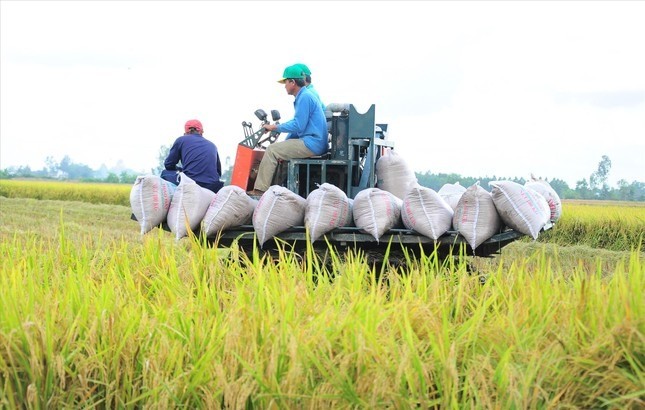
Rice harvest in the Mekong Delta. Photo: Canh Ky.
Mr. Nguyen Ngoc Nam, Chairman of the VFA, attributed the sharp decline in rice prices to India’s decision to lift export restrictions and its anticipated bumper harvest in 2025, which will boost global rice supplies. Additionally, one of the main reasons for the drop in Vietnam’s rice export prices is the temporary suspension of rice imports by the Philippines, the largest import market, as they await the upcoming winter-spring crop.
The plunge in export rice prices has had a ripple effect on domestic rice prices, impacting businesses involved in rice production, processing, and export, as well as rice farmers.
Despite being in the middle of the main harvest season, rice transactions in various localities have come to a near standstill. The inability of businesses to export their products has resulted in reduced purchases by traders, and even broken contracts, despite being in the peak harvest period. Many rice mills and processing plants have been forced to open their warehouses and sell rice at discounted prices.
Disruption in the Value Chain
Mr. Dang Kim Son, former Director of the Institute of Policy and Strategy for Agriculture and Rural Development, expressed concern about the current situation in the rice industry, which is considered a strength of Vietnam. He pointed out the worrying trend of harvested rice remaining in the fields, traders refusing to buy, and rice mills and processing plants facing inventory pile-ups, leading to distressed sales at low prices.

Record-low export rice prices are impacting the domestic market. Photo: VGP.
Mr. Son recalled a similar situation that occurred in the Mekong Delta in the past, where the government intervened to stabilize the market by implementing measures such as providing financial support to rice processing and export businesses through bank loans to purchase rice from farmers.
“Vietnam has had to resort to such measures multiple times to ensure financial liquidity in the rice industry, enabling farmers to sell their produce and reinvest in the next crop,” affirmed Mr. Son.
However, he emphasized that these are short-term solutions, and for a long-term fix, more fundamental measures are necessary. This includes establishing a complete value chain, fostering connections between rice processing and export businesses, rice farmers, and localities specializing in rice production. “We have been talking about this for a long time, but it hasn’t been put into practice yet, and the value chain remains fragmented,” he lamented.
Currently, the common practice is for traders to bid on contracts in the market before purchasing rice from farmers, creating risks for both parties. “When domestic rice prices rise, businesses suffer losses, as seen recently when export contracts were signed, only for rice prices from farmers to increase, leading to losses for businesses. On the other hand, when prices drop, farmers bear the brunt as traders push for lower prices,” Mr. Son explained.
The situation highlights the critical need to establish mechanisms, organizations, and a robust value chain to foster linkages between businesses and farmers.
“The only way for millions of farmers to connect with tens of thousands of businesses and share risks and benefits is to build a sustainable value chain,” Mr. Son stressed.
To achieve this, the first step is for farmers to organize and connect through cooperatives and farmer associations. Next, businesses must also establish linkages, from processing companies to exporters and input material suppliers.
Finally, a representative body for the industry should be formed, comprising government representatives, farmers, producers, processors, and traders. Together, they can make decisions on production quantities, target markets, and export prices, with the collective interest in mind.
“It is already quite late to start, but we must reorganize the industry council and build a robust rice value chain to weather the price storm and overcome challenges,” Mr. Son concluded.
The Secretary-General’s Speech at the Conference on Breakthroughs in Science and Technology Development
General Secretary To Lam emphasized that science, technology, innovation, and digital transformation must be regarded as the “golden key” and vital factors in overcoming the middle-income trap and the risk of falling behind. These areas are also crucial in realizing our nation’s aspirations for strength and prosperity.
“Elevating Vietnam-Laos Cooperation: Aiming for a Transformative, Focused, and Impactful Partnership”
Within the framework of his visit to Laos and co-chairing the 47th meeting of the Vietnam-Laos Inter-governmental Committee, on the morning of January 10, in Vientiane, Prime Minister Pham Minh Chinh met with Thongloun Sisoulith, General Secretary of the Lao People’s Revolutionary Party Central Committee and President of Laos.
“T&T Group Ventures into its First Wind Energy Project in Laos”
The investment in the Savan 1 wind power project not only fulfills T&T Group’s commitment to expanding its clean energy portfolio but also marks a significant milestone as the Group’s first energy venture in Laos. This project underscores the Group’s dedication to ensuring energy security and fostering stronger collaboration between Vietnam and Laos.

